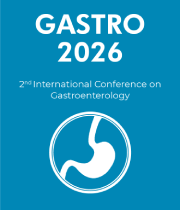Hepatitis Diagnosis and Epidemiology
Hepatitis is an inflammation of the liver caused by a virus or toxin. It can be acute or chronic and is one of the leading causes of death around the world. Diagnosis of hepatitis can be difficult, as the symptoms may be vague or non-specific. Clinical presentation may include jaundice, nausea, vomiting, abdominal pain, malaise, and fatigue. Laboratory testing is necessary to confirm the diagnosis and to distinguish between the different forms of hepatitis. Epidemiology is the study of the occurrence, cause, and distribution of disease in a population. It can be used to identify risk factors, understand the natural history of a disease, and evaluate the efficacy of interventions. For hepatitis, epidemiology can be used to identify high risk groups and to determine the prevalence of the disease in specific populations. Serologic testing is the most common method used to diagnose hepatitis. These tests measure the presence of antibodies to the virus in the blood. Enzyme-linked immunosorbent assay (ELISA) is a common type of serological test used to detect antibodies to hepatitis A, B, and C. Other tests such as polymerase chain reaction (PCR) and antigen testing may also be used. Imaging tests such as ultrasound and magnetic resonance imaging (MRI) can also be used to diagnose hepatitis. These tests can detect structural changes in the liver and can be used to distinguish between different forms of hepatitis. In addition to serology and imaging, a liver biopsy is sometimes used to diagnose hepatitis. This involves taking a small sample of the liver tissue and examining it under a microscope. A biopsy can provide valuable information about the extent of damage to the liver caused by hepatitis and can help differentiate between different forms of the disease. Epidemiological studies can provide important information about the prevalence of hepatitis in different populations, as well as the risk factors associated with the disease. These studies can help inform public health policies and develop strategies to prevent and control the spread of hepatitis.



